1. Toothpaste once used crushed bones

Back then, people didn’t have minty tubes lined up on their sinks. Ancient Egyptians brushed with crushed bones, oyster shells, and ashes, while Romans added charcoal, vinegar, or even wine to form a gritty paste. It cleaned teeth but wore them down painfully. These early mixtures were more survival than self-care, a harsh reminder that hygiene once came at a cost. What we now squeeze from neat, colorful tubes was once a dusty blend of bones and ashes. Next time you brush your teeth, think of how far humanity has come from bone powder and soot. Our smiles tell a longer story than we often realize, one that started long before mint ever met foam.
2. Umbrellas were once reserved for royalty
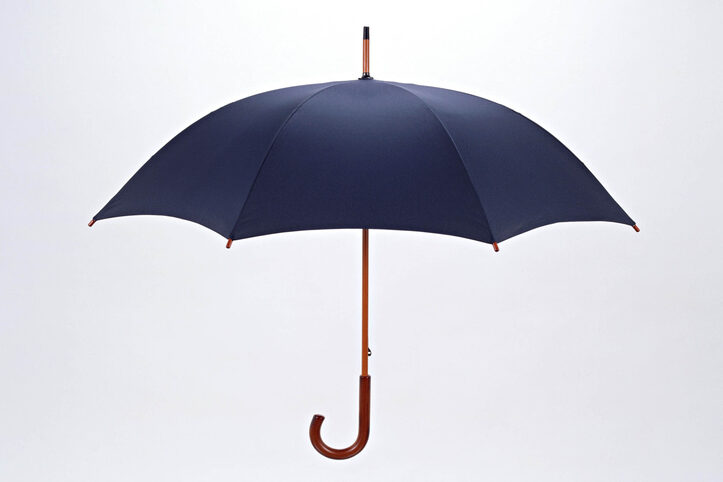
Once upon a time, umbrellas weren’t made for rain but for respect. In ancient China, only emperors and nobles could hold them, their canopies crafted from silk and painted with bright patterns to show authority. Commoners were forbidden to use them because they symbolized divine power. It wasn’t just about shade or shelter but social order. In other cultures like Egypt and Persia, parasols held similar meanings of superiority. Today, umbrellas are sold in supermarkets and left behind in taxis without a thought. But centuries ago, holding one meant standing under the shadow of privilege, not protection. It’s strange to think a simple rain cover once separated kings from their people.
3. High heels began as men’s footwear
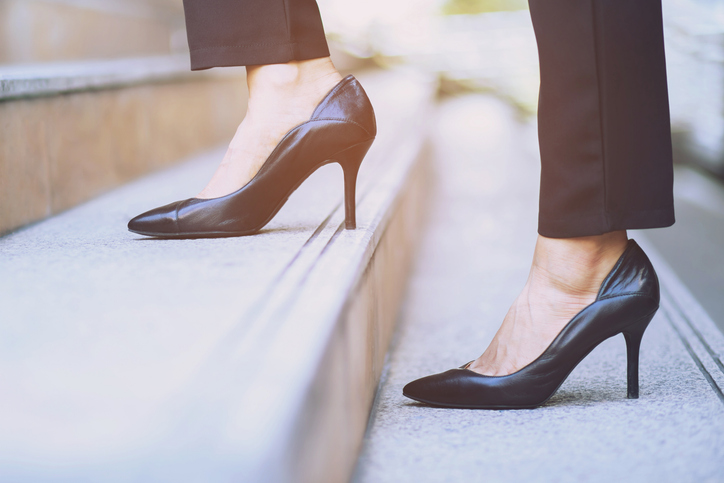
Before high heels became a symbol of style and elegance, they were tools of war. Persian soldiers in the 10th century wore them to help their feet stay secure in stirrups during horseback riding. The design later reached Europe, where noblemen used heels to show power and wealth. Walking in them without purpose meant you didn’t have to work. Only much later did women adopt them, reshaping the meaning of heels entirely. The shift from armor to art, from battle to ballroom, shows how fashion and function trade places through time. What once steadied riders on the battlefield now steadies confidence on city streets.
4. Forks were once scandalous
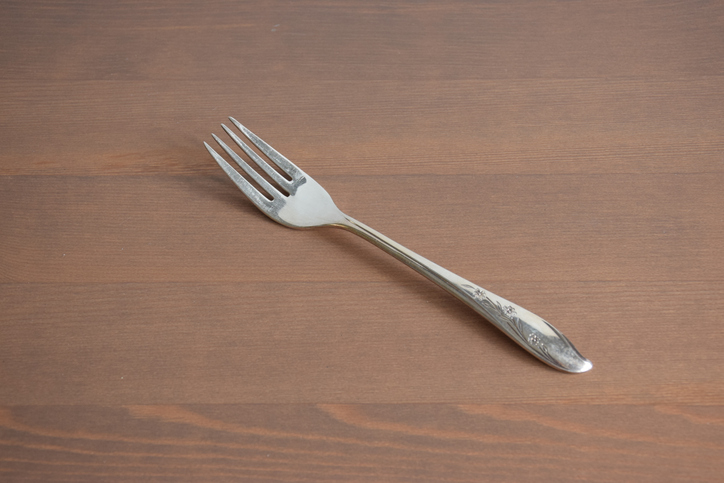
When forks first appeared on European tables, they caused outrage. Church leaders claimed they were unnecessary because God had already given humans fingers. Using a fork was considered prideful, even sinful. In medieval Venice, a noblewoman who used golden forks was condemned for vanity. People found them strange, unnatural, and even immoral. Over time, their practicality won over tradition, and forks became symbols of refinement. Today, we hardly notice them lying beside our plates, but their arrival once sparked debate and disgust. It’s funny how something as simple as a dining tool could once challenge faith and social order, only to become an ordinary part of every meal.
5. Playing cards reflected society
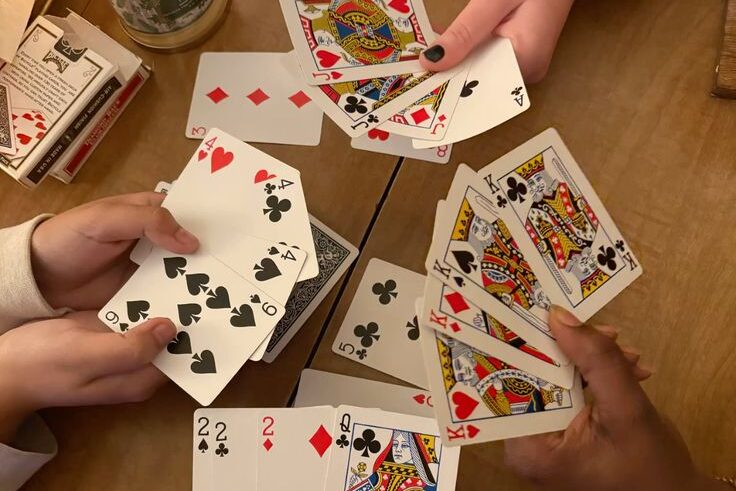
When you shuffle a deck today, you’re holding a small mirror of medieval life. Back then, card suits represented social classes: spades for nobility, hearts for clergy, diamonds for merchants, and clubs for peasants. Every game played out a quiet story of hierarchy. People didn’t just gamble; they reflected their world through cards. Over centuries, the designs changed, but the structure of society lingered in the patterns. The king, queen, and jack still echo old ranks and roles. We play them without thinking, but those suits once whispered reminders of class and power. A simple deck of cards carried the rules of the world within its symbols.
6. Lipstick was once outlawed
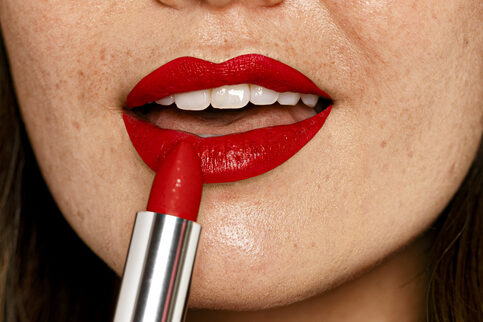
Once seen as a mark of rebellion, lipstick’s history is painted with defiance. In 16th-century England, women who wore red lips were accused of witchcraft or deceit. It was believed that coloring the mouth tricked men into love. Authorities labeled it immoral, and some even feared it could enchant or deceive. Yet centuries later, lipstick became a symbol of power and freedom. During wars and revolutions, women used it to claim strength and individuality. From forbidden art to feminist statement, the same red that once threatened reputation now shines as confidence. Each swipe today holds a trace of the women who wore it in defiance of judgment and fear.
7. Buttons were once currency
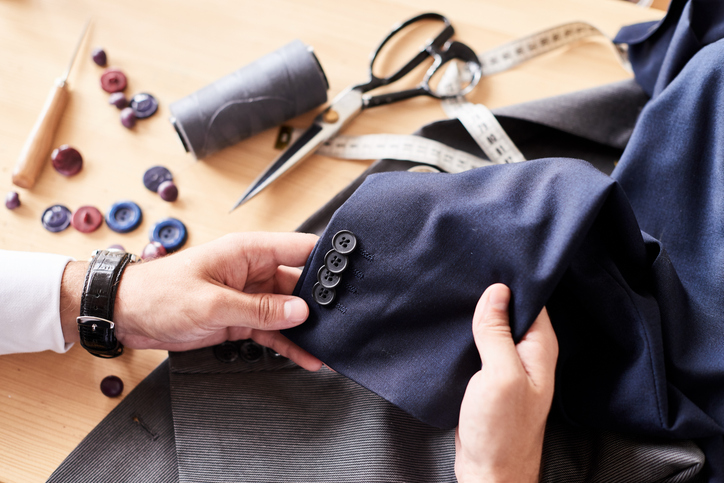
Before buttons became cheap fasteners, they were treasures. In the Middle Ages, handmade buttons were rare, often made from gold, silver, or carved bone. Wealthy people used them not just to fasten clothing but to flaunt status and power. Some buttons were so valuable that they were traded like coins. Ordinary people used simple ties or pins, but a jacket full of buttons marked prestige. Today, we sew them without thought, tossing extras into drawers. Yet each button carries a story of wealth turned ordinary. Once symbols of luxury and value, they now hide in plain sight, quietly holding our clothes together without pride or price.
8. Coffee was banned as dangerous
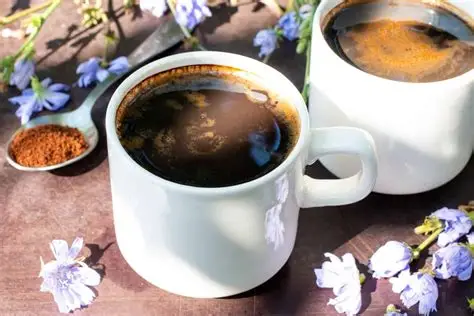
Long before coffee fueled morning routines, it fueled fear. In the 1500s and 1600s, rulers and clerics saw coffeehouses as trouble. They became meeting spots for debate and dissent, where people exchanged ideas too freely for comfort. Some governments banned coffee outright, calling it intoxicating or rebellious. But the drink survived every attempt to silence it. Its aroma followed curiosity more than control. What once stirred suspicion now starts our days. From banned brew to daily comfort, coffee proved that shared conversation is stronger than fear. Every cup poured today carries the echo of those who dared to sip and speak when silence was expected.
9. Bicycles were once seen as immoral

When bicycles first rolled into fashion in the late 1800s, not everyone cheered. Critics claimed that women riding alone risked their health and morality. Doctors warned about “bicycle face,” a supposed illness caused by effort. Instead, the bicycle gave women freedom to travel and move without restriction. It symbolized independence, mobility, and change. Riding a bicycle became an act of quiet rebellion, challenging the rules that confined women to their homes. What society once feared as improper became one of the most empowering inventions of its time. The bicycle wasn’t just transport; it was transformation on two wheels.
10. Teddy bears began with politics
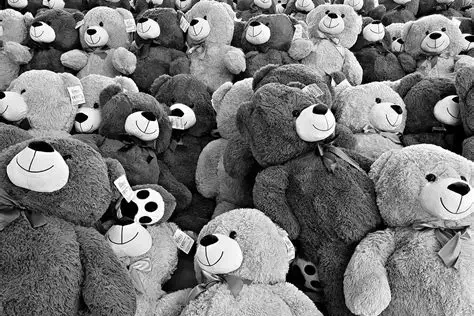
In 1902, President Theodore Roosevelt refused to shoot a bear cub tied up during a hunting trip. Newspapers illustrated the event, and a toy maker turned the story into “Teddy’s bear.” It began as satire but quickly became a sensation. The toy represented kindness and restraint, qualities people admired in Roosevelt. What started as a political moment became a comfort object for children everywhere. The teddy bear’s soft smile came from a story about mercy, not marketing. From a forest in Mississippi to bedrooms worldwide, one small act of compassion became a timeless symbol of innocence and warmth.
11. Ketchup began as fish sauce

Ketchup’s journey started far from tomatoes. The word comes from “kê-tsiap,” a Chinese term for a fermented fish sauce used centuries ago. Traders carried it to Europe, where cooks experimented with mushrooms, walnuts, and anchovies. Eventually, Americans replaced those ingredients with tomatoes, sugar, and vinegar, creating the version we love today. What began as a salty, fishy liquid turned into a sweet, red staple of every table. From ancient ports to drive-thru counters, ketchup’s evolution tells a global story of taste and adaptation. A simple squeeze of sauce carries centuries of culinary change in every drop.
12. Wristwatches were first for women

Once upon a time, wristwatches were delicate jewelry meant only for women. Men used pocket watches, considering wristwatches too dainty. That changed during World War I when soldiers needed to check time quickly in battle. Strapping watches to their wrists became practical and lifesaving. After the war, wristwatches became symbols of strength and precision, reshaping their image entirely. What began as an ornament for elegance turned into a mark of discipline and reliability. Today, everyone wears them, unaware of how necessity rewrote gender and style. The ticking on your wrist carries echoes of a world transformed by time itself.
13. Sunglasses began in courts
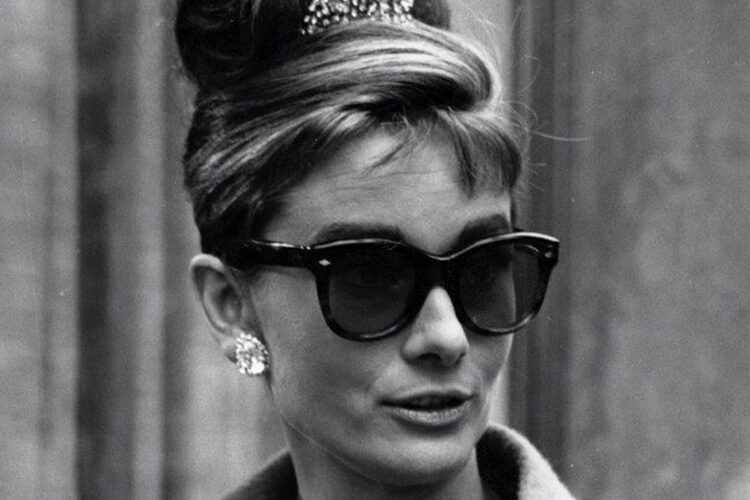
Before they ever met sunlight, sunglasses hid secrets in courtrooms. In 12th-century China, judges wore smoky quartz lenses to conceal their eyes during questioning. It wasn’t about glare but about power. No one could tell whether they were amused, angry, or moved. Their stillness kept authority intact. Centuries later, sunglasses became fashion and film icons, worn for mystery and style. Yet their earliest purpose was control, not coolness. Each pair still holds a trace of that power, turning faces unreadable. Behind tinted lenses, we hide not from sun but from scrutiny, just as judges once did in the halls of old.
14. Perfume masked terrible smells

In medieval Europe, where bathing was rare and sewage filled the streets, perfume became a survival tool. Nobles and the wealthy drenched themselves and their clothes in heavy scents to hide the odors of life. It wasn’t luxury but defense. Cities reeked, and perfume was protection. Over time, as cleanliness improved, fragrance shifted from necessity to indulgence. What once shielded noses from filth became an art of attraction and identity. Each bottle today holds centuries of transformation, from masking decay to expressing desire. The next time you wear perfume, remember it began not in romance but in rescue from the stench of history.
15. Ice cream cones were improvised

The ice cream cone was born from an accident. At the 1904 St. Louis World’s Fair, an ice cream vendor ran out of cups. Nearby, a waffle maker rolled his warm waffles into cones, offering a quick solution. The idea was instant magic. People loved holding their dessert without dishes, and the cone became a sensation. What started as a desperate fix turned into a timeless design. The first bite of that crispy edge carries the story of quick thinking and sweet success. Sometimes the best inventions come not from planning but from the heat of the moment.
16. Chewing gum has ancient roots

Long before bubblegum came in bright colors, people chewed natural resins for pleasure and cleanliness. The Mayans chewed chicle from sapodilla trees, while ancient Greeks preferred resin from the mastic tree. Native Americans also chewed spruce sap, sharing the habit with early settlers. In the 1800s, entrepreneurs flavored and sweetened it, creating the gum we know today. What began as a ritual of refreshment became a cultural habit. From forest sap to candy stores, chewing gum carries centuries of taste and tradition in every chew. It’s a small pleasure with a surprisingly deep past.
17. X-rays became shoe store gimmicks

In the early 1900s, shoe stores introduced X-ray machines to show customers how well shoes fit. Shoppers found it thrilling to see their glowing bones in real time. It was marketed as modern and scientific, but constant exposure proved dangerous. Over time, radiation risks ended the fad. What once promised innovation turned into a health hazard. The machines disappeared quietly, leaving behind one of retail’s strangest experiments. It’s a reminder that progress can sometimes move faster than caution. The next time you try on shoes, be thankful safety no longer shines with a dangerous glow.
18. Soap came from fat and ash
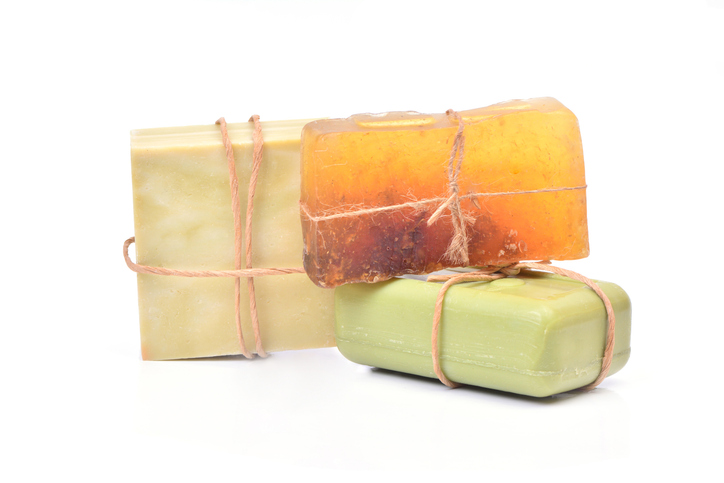
The earliest soap was born from basic ingredients: animal fat mixed with ashes and water. Ancient Babylonians used it to clean wool and skin, while Romans later refined it for bathing. During Europe’s Middle Ages, soap was rare and expensive, and most people didn’t bathe often. Only in the 19th century did it become an everyday item. The transformation from crude paste to perfumed bar marked a quiet revolution in hygiene. Each bubble we take for granted today carries the memory of centuries when cleanliness was neither common nor simple. Soap’s humble beginnings built the foundation for modern comfort.
19. Pencils never had lead
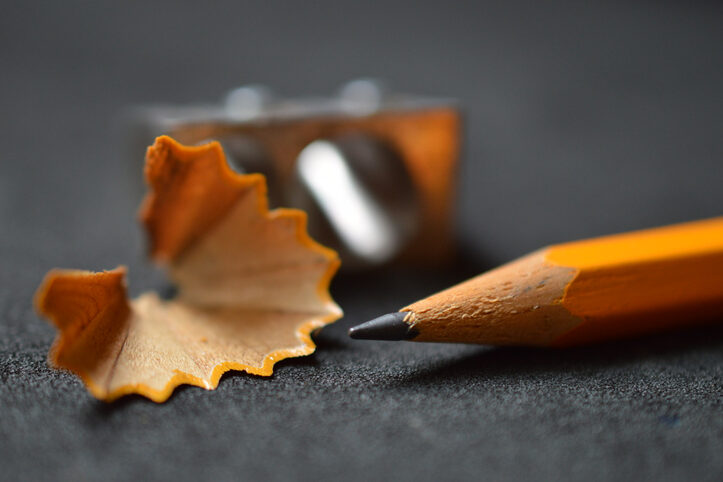
The phrase “pencil lead” is a mistake that never went away. When graphite was first discovered in England in the 1500s, people thought it was a form of lead because of its color and shine. The name stuck, even after scientists learned the truth. Pencils have always used graphite mixed with clay, not real lead. Yet the myth continues in language and classrooms everywhere. What began as a misunderstanding turned into one of the most lasting phrases in writing history. Every time you sharpen a pencil, you hold a quiet reminder that mistakes sometimes become traditions.
20. Razors shaped gender roles

Shaving wasn’t always tied to beauty. For centuries, razors were mainly used by men, while women left body hair untouched. In the early 1900s, razor companies saw a new market and began advertising shaving as part of feminine hygiene. Magazines showed smooth skin as modern and desirable, turning a simple tool into a cultural standard. Over time, the message stuck, shaping ideals still debated today. The razor became more than a blade; it became a mirror reflecting beauty norms. What started as marketing changed generations of self-image, all with a single stroke.
21. Scissors are over 3,000 years old
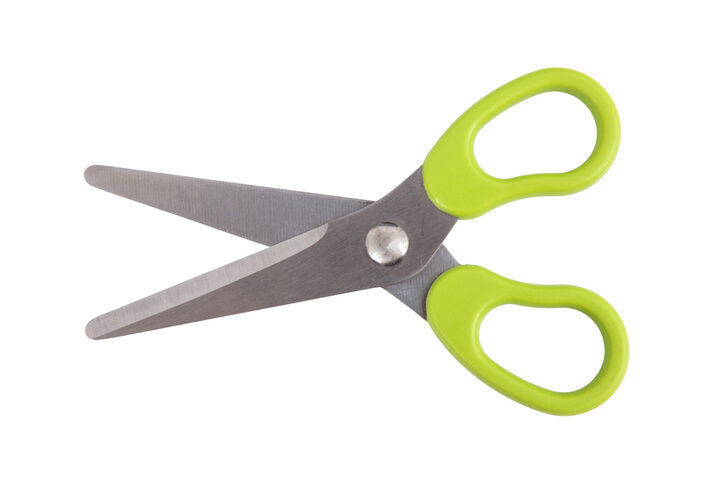
Scissors have barely changed since their first appearance in ancient Egypt. Those early tools used bronze blades connected by a curved strip of metal. The Romans later improved the design with a pivot, creating a shape nearly identical to the scissors we use now. They cut cloth, hair, and history, surviving countless centuries without losing their purpose. In a world where inventions evolve endlessly, scissors remain proof that some things are already perfect. Simple, sharp, and steady, they’ve stood the test of time, quietly shaping everything from art to everyday life.
22. Light bulbs weren’t trusted at first

When Thomas Edison introduced the electric light bulb, people were terrified. They believed it might explode, burn down homes, or even poison the air. Cities hesitated to replace their gas lamps, clinging to what felt safe. But once electricity proved reliable, everything changed. Streets brightened, nights stretched longer, and work transformed. The light bulb became a symbol of progress, not fear. What was once doubted became one of humanity’s brightest achievements. It’s a quiet reminder that every new idea begins with resistance before it becomes essential. Curiosity, not comfort, lights the world forward.
This story 22 Everyday Objects with Shocking Hidden Histories was first published on Daily FETCH


